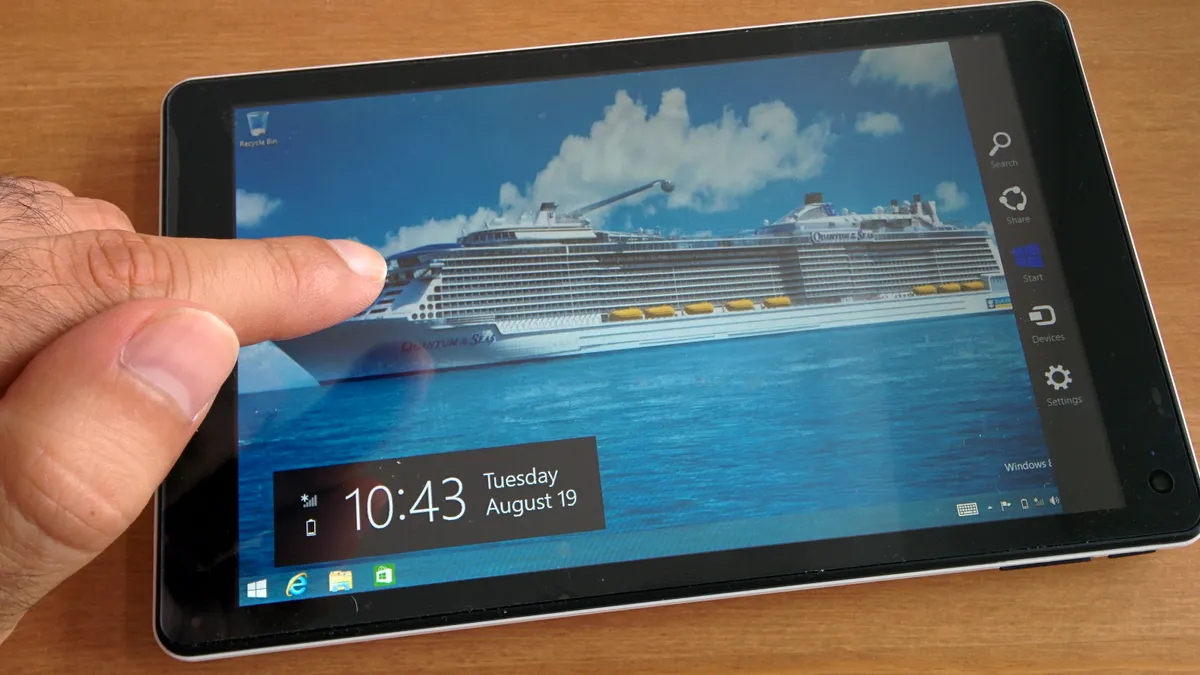Dive Brief:
- If the product was the first pillar of Royal Caribbean's success in 2018, then technology was the second, said CEO Richard Fain, speaking on the company's earnings call last week. The cruise company is investing in data analytics and digitizing the customer and employee experience.
- The company has rolled its digital transformation platform, Excalibur, out to about half its fleet. When Fain presented on the program in October, he showed that almost half of guests were using the app and that the company is looking to extend the platform to all guests by Q4 2020.
- Net cruise costs are up 4.1% for the company, partially driven by the company's technology investments. Technology investments such as the Excalibur initiative are difficult to capitalize on because of the way software providers sell in the market, Jason Liberty, EVP and CFO, said on the call.
Dive Insight:
Royal Caribbean is a case study in carefully weighing the costs that go into technology modernization. Businesses everywhere are pressuring IT to innovate and transform the organization, but significant capital has to back those efforts up.
The cruise line brand is seeing the effects with growing costs and depreciation as more investments go into technology projects. Cloud-based and subscription-based services, which account for a lot of the company's OpEx services, also pressure operating costs, Liberty said on the company's earnings call in October.
Integrating technology into the customer experience, whether in a store or out to sea, is all about removing friction. Besides integrating new technologies throughout its ships, the company is trying to integrate its systems for smoother operating processes.
The company has been steadily rolling out Excalibur and incorporating new guest and crew capabilities. The app, debuted in 2017, streamlines processes such as booking, checking in, planning activities and boarding and disembarking; it also offers entertainment capabilities for guests, such as augmented reality features.
Royal Caribbean is using a "crawl, walk, run" process to advance the platform. It first tests new functionalities with a small group of participants, then rolls it out to customers who wants to use the app, and finally makes the app available to everyone, encouraging all guests to use it, Fain said in October.












